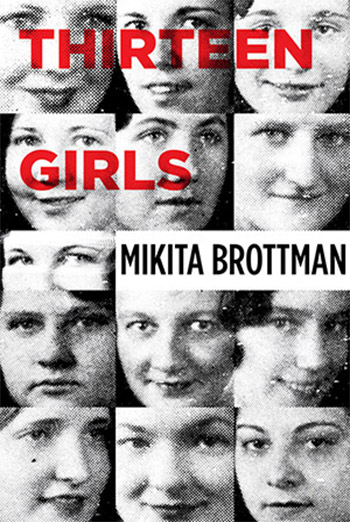Description
6 x 9 | 216 pages | Softcover
—-
9BB COMMENTS:
As efforts to suppress dissident expression have become increasingly common among ostensibly “progressive” forces, it is worth remembering that there are yet ideas and topics that arouse a more universal will to censor. Tony Duvert’s Good Sex Illustrated remains worth reading as a lively and wickedly incisive Foucauldian deconstruction of the pedagogical precepts governing liberal “sex education,” but it is also presented as an example of an intellectual provocation that might challenge the mettle of “fair weather” free speech advocates. Because pendulums swing, you know?
FROM THE PUBLISHER:
A scathing view of sex manuals for children and society’s hypocrisy of over sex that argues for the rights of children to their own bodies and their own sexuality.
First published in France in 1973, Good Sex Illustrated gleefully deciphers the subtext of a popular sex education manual for children produced during that period. In so doing, Duvert mounts a scabrous and scathing critique of how deftly the “sex-positive” ethos was harnessed to promote the ideal of the nuclear family. Like Michel Houllebecq, Duvert is highly attuned to all the hypocrisies of late twentieth century western “sexual liberation” mass movements. As Bruce Benderson notes in his introduction, Good Sex Illustrated shows that, “in our sexual order, orgasm follows the patterns of any other kind of capital… ‘good sex’ is a voracious profit machine.” But unlike Houllebecq, Duvert writes from a passionate belief in the integrity of unpoliced sex and of pleasure. Even more controversially now than when the book was first published, Duvert asserts the child’s right to his or her own playful, unproductive sexuality. Bruce Benderson’s translation will belatedly introduce English-speaking audiences to the most infamous gay French writer since Jean Gênet.





